Ever since Poco burst onto the scene with the Poco F1, the phone that was truly the definition of the flagship killer, the brand is now on the radar of many smartphone users. Suffice to say that with the success of the F1, we were curious as to how the company’s other phones would perform.
Would they be just as amazing and value for money as the F1? Or will they crack under strain?
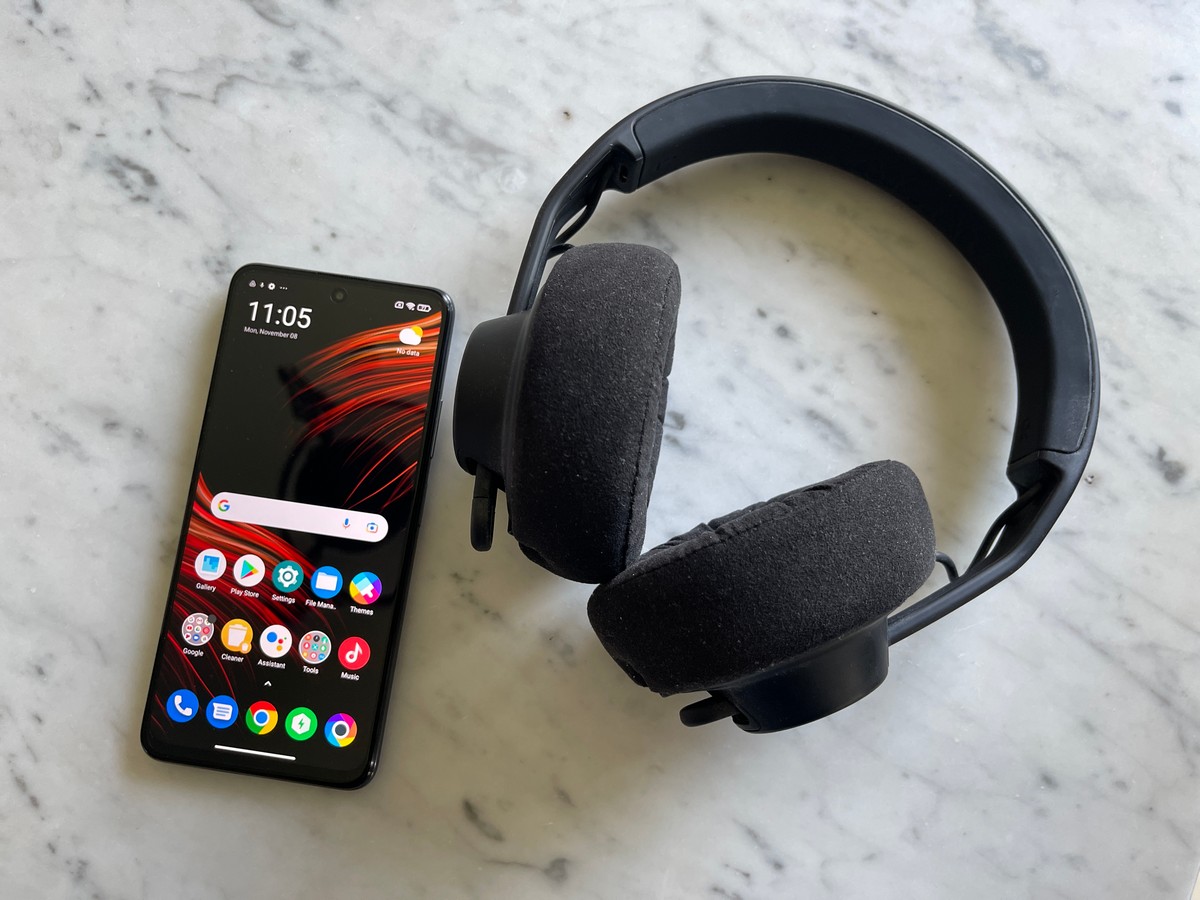
With the Poco M4 Pro 5GG, the company has launched a new budget entry model priced starting at €229 with some decent specs and features you might expect to find on a more expensive handset, but the question is, how much did Poco compromise to get the phone down to this price, and is it worth it?
Poco M4 Pro 5G Specs
- MediaTek Dimensity 810 6nm process technology
- Octa-core CPU: 2x ARM Cortex-A76 up to 2.4GHz, 6x ARM Cortex-A55 up to 2.0GHz
- 4GB/6GB LPDDR4X RAM
- UFS 2.2 storage
- Dual SIM 5G
- 6.6-inch FHD+ display with up to 450 nits brightness
- 90Hz dynamic refresh rate
- Corning Gorilla Glass 3
- 5,000mAh battery with 33W Pro fast charging
Design
 The design of the Poco M4 Pro 5G is rather standard in which we can’t really think of anything that would make it feel or look particularly special. The back of the phone feels like it’s made out of plastic, while the middle portion is most likely constructed out of aluminum.
The design of the Poco M4 Pro 5G is rather standard in which we can’t really think of anything that would make it feel or look particularly special. The back of the phone feels like it’s made out of plastic, while the middle portion is most likely constructed out of aluminum.
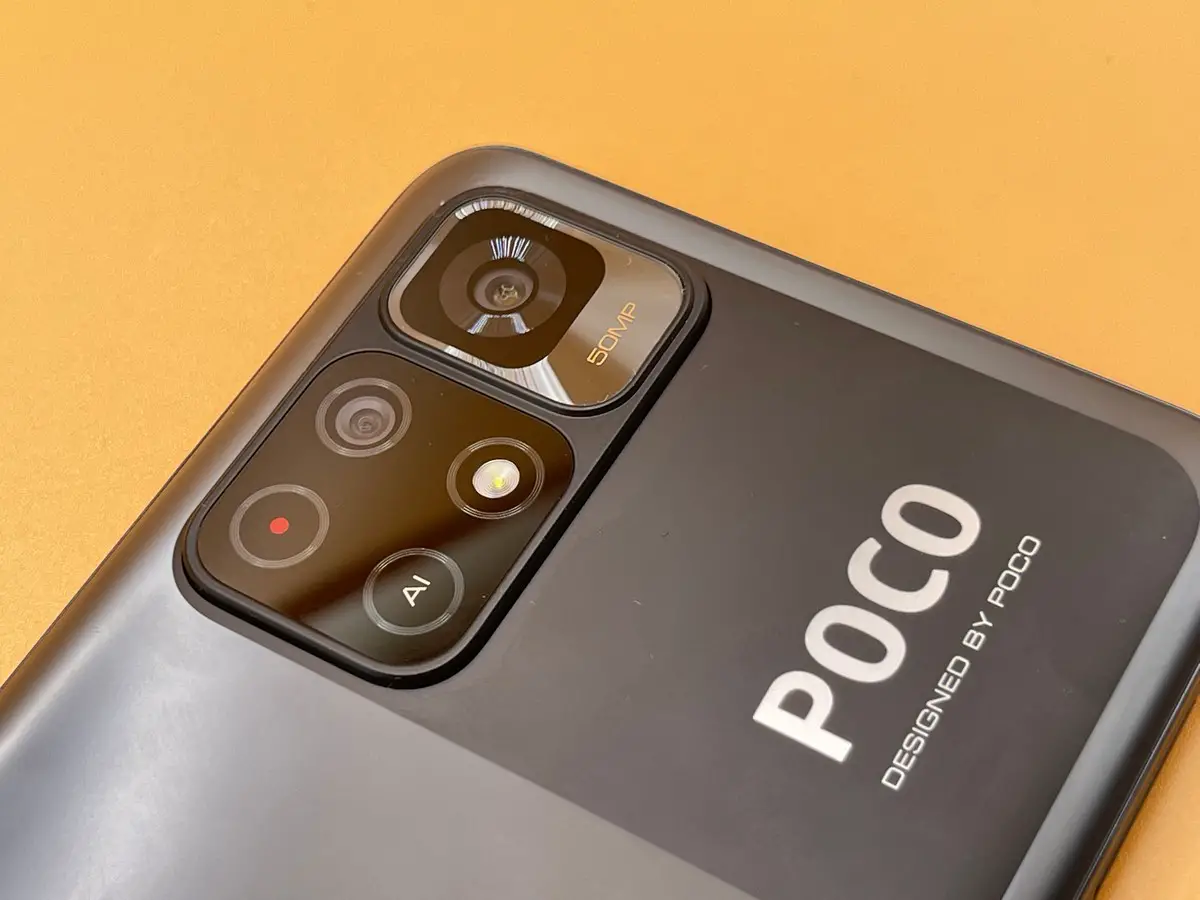 There is a huge Poco branding on the back next to the cameras, as if the company doesn’t want you to forget what phone you’re using. Despite the use of the plastic back, the phone feels nice and solid in the hands and it is light enough for you to slip in your pocket without feeling like it’s weighing you down.
There is a huge Poco branding on the back next to the cameras, as if the company doesn’t want you to forget what phone you’re using. Despite the use of the plastic back, the phone feels nice and solid in the hands and it is light enough for you to slip in your pocket without feeling like it’s weighing you down.
It comes with a 3.5mm headphone jack which is something of a rarity these days, but it’s something that users with wired headphones might be able to appreciate. There are two speaker grills, one located at the top and one located at the bottom that will help mimic a stereo effect.
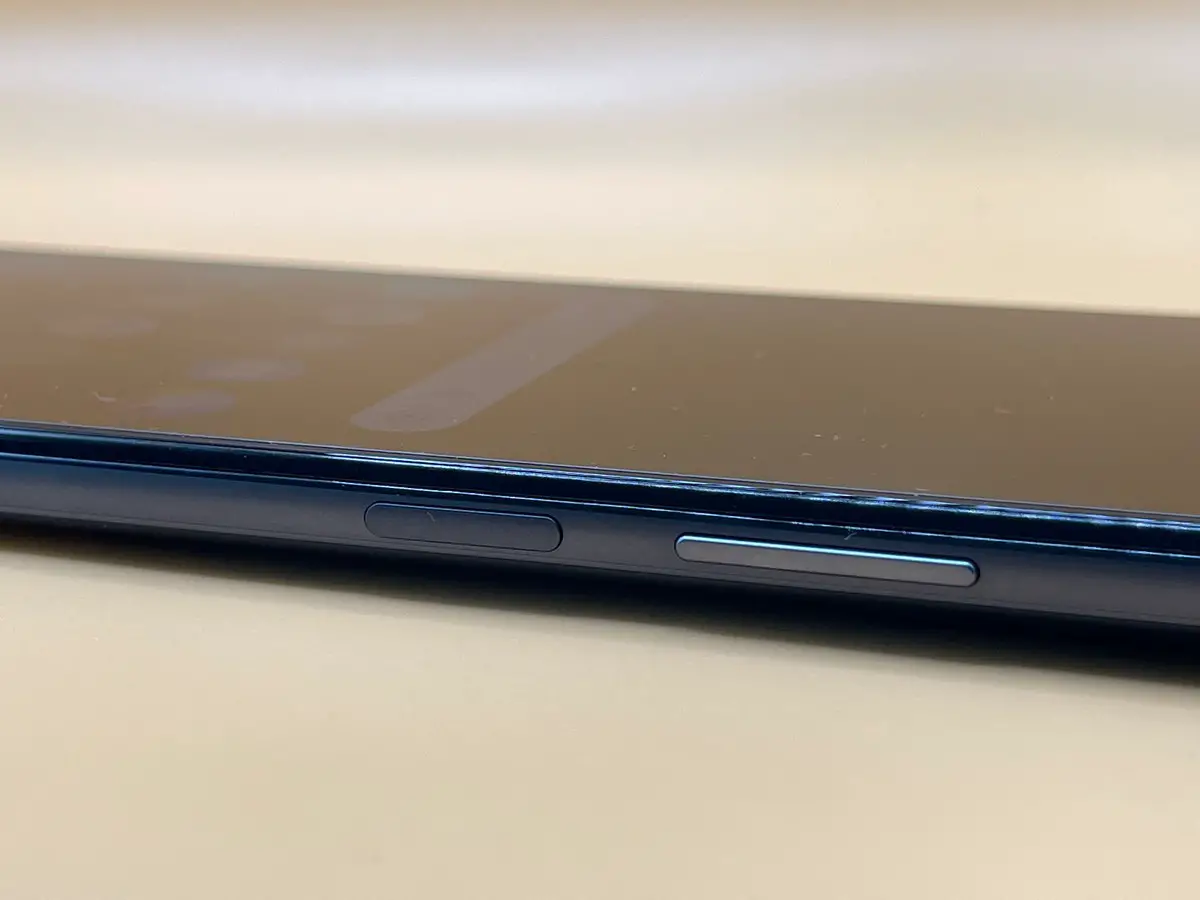 There is a SIM card slot to the left of the display, and a volume rocker and a power button that doubles as a fingerprint sensor on the right. The buttons feel a bit loose and there is an obvious rattling that shows how loose it is when you tap it gently or when you place your finger/thumb on it and lift it off. It also makes a slight rattle when you place your phone down.
There is a SIM card slot to the left of the display, and a volume rocker and a power button that doubles as a fingerprint sensor on the right. The buttons feel a bit loose and there is an obvious rattling that shows how loose it is when you tap it gently or when you place your finger/thumb on it and lift it off. It also makes a slight rattle when you place your phone down.
If there is one indication that would giveaway the fact that this phone is an entry-level device, it would be this.
Display
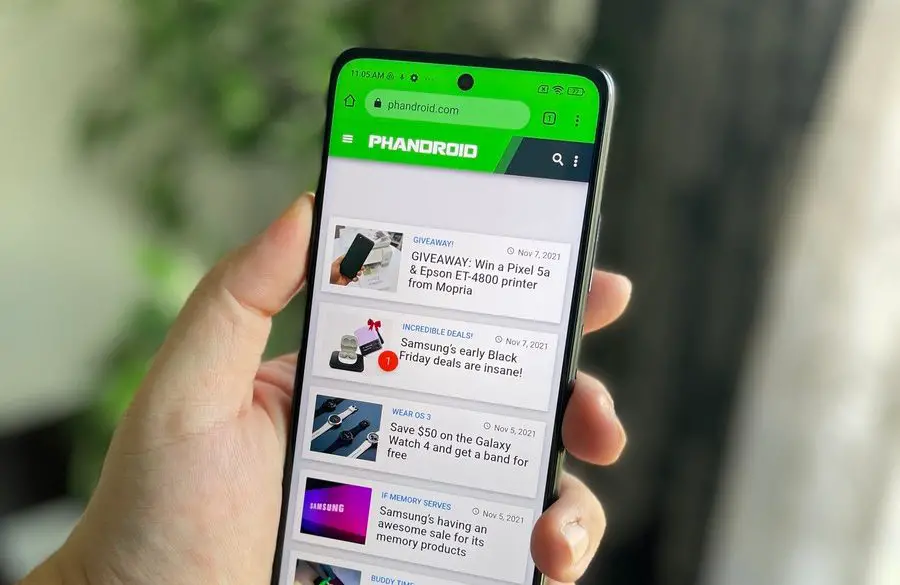 The display of the phone is decent to look at. It sports a dynamic refresh rate where it caps out at 90Hz. It might not be the buttery-smooth 120Hz that you might find on more expensive phones, but given that, for its price, it can offer users a refresh rate higher than the standard 60Hz is a nice touch, but that’s pretty much the only thing to like about the display.
The display of the phone is decent to look at. It sports a dynamic refresh rate where it caps out at 90Hz. It might not be the buttery-smooth 120Hz that you might find on more expensive phones, but given that, for its price, it can offer users a refresh rate higher than the standard 60Hz is a nice touch, but that’s pretty much the only thing to like about the display.
The phone has a max brightness that tops out at 450 nits. For the most part, it’s very usable and in your home or office where there’s usually sufficient lighting, you won’t run into any issues, but when you compare it against other more expensive phones, the 450 nits brightness becomes a lot more obvious.
But otherwise, when you’re watching videos on YouTube or Netflix or playing games, is it bright enough and the colors are also sufficiently vibrant.
Sound
Smartphone speakers are usually sufficient enough where if you need to use it as a hands-free option when you call, or if you want to watch videos on your phone, or make video calls, but this is another area in which we found the Poco M4 Pro 5G to be a bit lacking.
The speaker quality is subpar at best where when we were playing games, the game’s audio came out sounding rather tinny and reminded us of those 8-bit games we used to playback in the day. Watching videos seems to be fine, but we found that the phone’s speakers don’t get particularly loud even when we maxed out the volume.
Thankfully, when it came to voice calls, the speakers came through and it sounded pretty clear, but given that they don’t get very loud, if you happen to be in a noisier environment the speakerphone could be drowned out.
Performance
 This is pretty much the meat of the phone. For the Poco M4 Pro 5G, the company has opted to equip it with MediaTek’s Dimensity 810 chipset. This is an octa-core chipset with two A76 cores clocked at 2.4GHz and is built on the 6nm process.
This is pretty much the meat of the phone. For the Poco M4 Pro 5G, the company has opted to equip it with MediaTek’s Dimensity 810 chipset. This is an octa-core chipset with two A76 cores clocked at 2.4GHz and is built on the 6nm process.
For my daily use, it seemed to handle everything I threw at it just fine. It does take apps slightly longer to load compared to a higher-end chipset, but the differences are negligible and unless you’re constantly comparing it side-by-side, you probably won’t notice it in your day-to-day use.
The games we played on it felt smooth enough and we didn’t really encounter any stuttering. Taking photos was also very snappy and the phone handled 1080p videos recorded at 60fps like a champ.
Battery
Now, this is where the phone truly shines. The Poco M4 Pro 5G comes with a very sizable 5,000mAh battery. This puts it on par with phones like the Samsung Galaxy S21 Ultra, a phone that’s about four times more expensive. In our real-world testing, we watched about an hour of Netflix, an hour of YouTube, and also played games for an hour.
When we were done, the phone’s battery dipped to about 87% which is very good. Leaving it idle overnight without plugging it into the charger, we woke up the next day and was pleasantly surprised to see that while idle, it only drained about 3%.
We imagine that if you had a need for a phone that could last you all day and then some, the Poco M4 Pro 5G could be it. The handset also supports the company’s 33W Pro fast charging and unlike other manufacturers who might be too cheap or “environmentally-conscious” to include a charger with their phones, Poco has bundled a 33W charger with their handset, so don’t worry about having to spend extra to take advantage of its fast charging.
Cameras
 With all our phones sporting cameras these days, the performance of a phone’s camera is very important and in this regard, the Poco M4 Pro 5G does not disappoint. We should preface this by saying that it is by no means a fantastic camera, but for its price, we were very pleasantly surprised at how well it performed.
With all our phones sporting cameras these days, the performance of a phone’s camera is very important and in this regard, the Poco M4 Pro 5G does not disappoint. We should preface this by saying that it is by no means a fantastic camera, but for its price, we were very pleasantly surprised at how well it performed.
 In areas with sufficient lighting, like outdoors in the day, the phone managed to snap some very impressive photographs. The colors are slightly muted and a bit flat even with HDR turned on, but that won’t be a problem if you’re willing to spend a few minutes in post-processing by bumping up the saturation and adjusting the contrast.
In areas with sufficient lighting, like outdoors in the day, the phone managed to snap some very impressive photographs. The colors are slightly muted and a bit flat even with HDR turned on, but that won’t be a problem if you’re willing to spend a few minutes in post-processing by bumping up the saturation and adjusting the contrast.
 The photos also offer up astounding details, more than what I honestly expected from a phone in this price range. There is also a Pro mode that gives you manual controls so you can manually adjust settings like the EV, ISO, white balance, and more.
The photos also offer up astounding details, more than what I honestly expected from a phone in this price range. There is also a Pro mode that gives you manual controls so you can manually adjust settings like the EV, ISO, white balance, and more.
If you mostly plan to upload your photos to social media or just share them with friends and family, with the right settings and editing, you could easily pass off the photos as having come from a higher-end camera.
Conclusion
If you’re shopping on a budget and don’t have much to spend, then the Poco M4 Pro 5G could be worthy of your consideration. It has some features that flagship phones have, like a display with a higher-than-average refresh rate. It has a very impressive camera system for its price, and it has a battery that will last you throughout the entire day.
Sure, there might be things that are a bit lacking like the display’s brightness and speaker quality, but are those features that you’re willing to pay a few hundred bucks more just to have?
Plus with support for 5G, you’re kind of futureproofed on this front which makes this a phone that you can safely use for the next few years before you decide to upgrade again.
Poco M4 Pro 5G
Rating: star_fullstar_fullstar_fullstar_75star_empty (3.8 / 5)
The Good
- Incredible battery life
- Better than expected camera performance
- Feels light but solid in the hands
The Bad
- Physical buttons feel a bit rattly
- Dim display
- Low-quality speakers
The Bottom Line
The Poco M4 Pro 5G has its fair share of flaws, but considering the price that you’re paying for the phone and what you’re getting in return, those flaws can be easily overlooked by its features and performance.

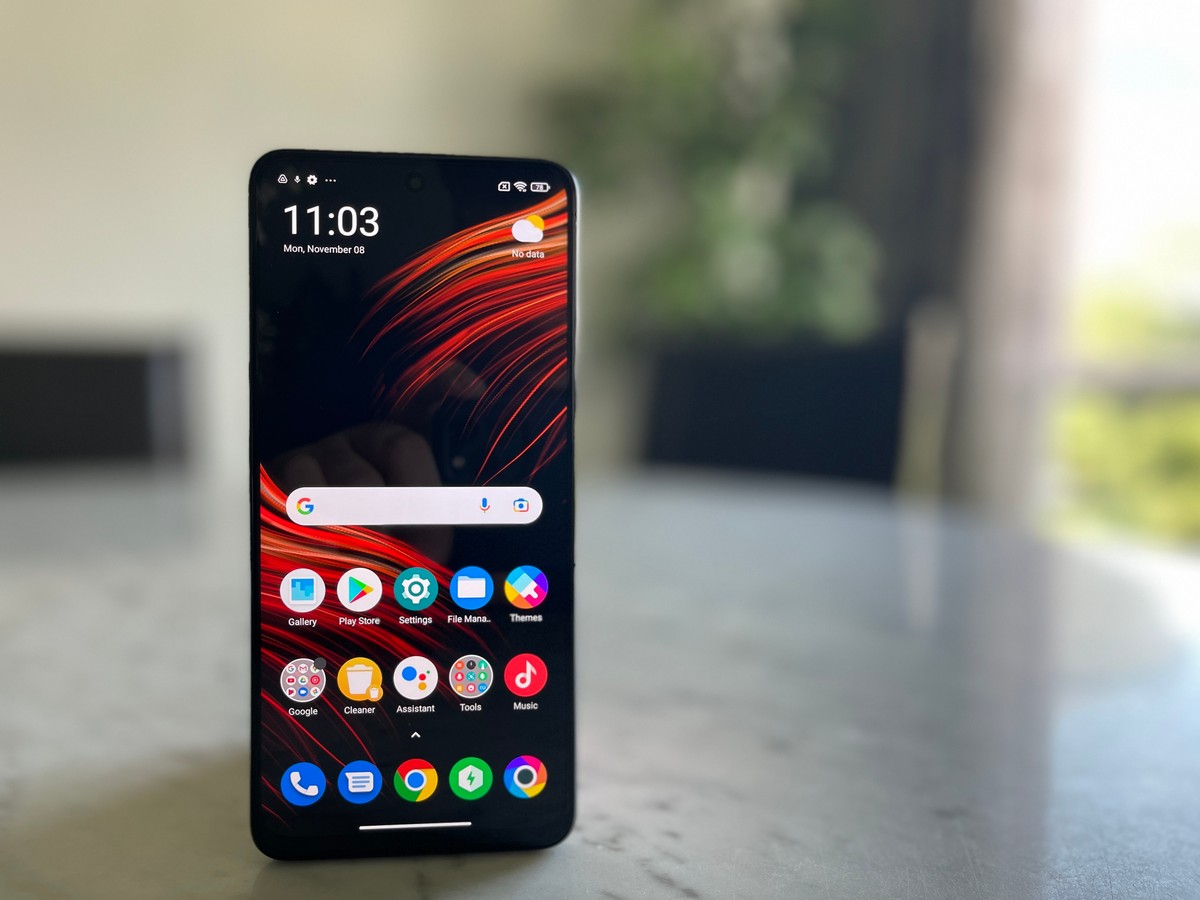

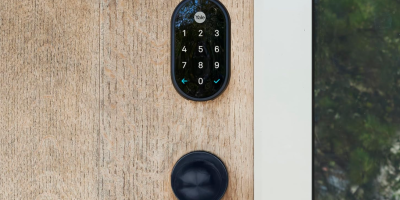
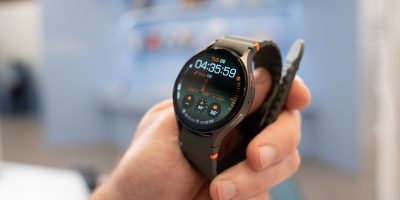


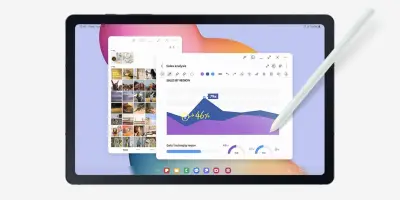


Comments